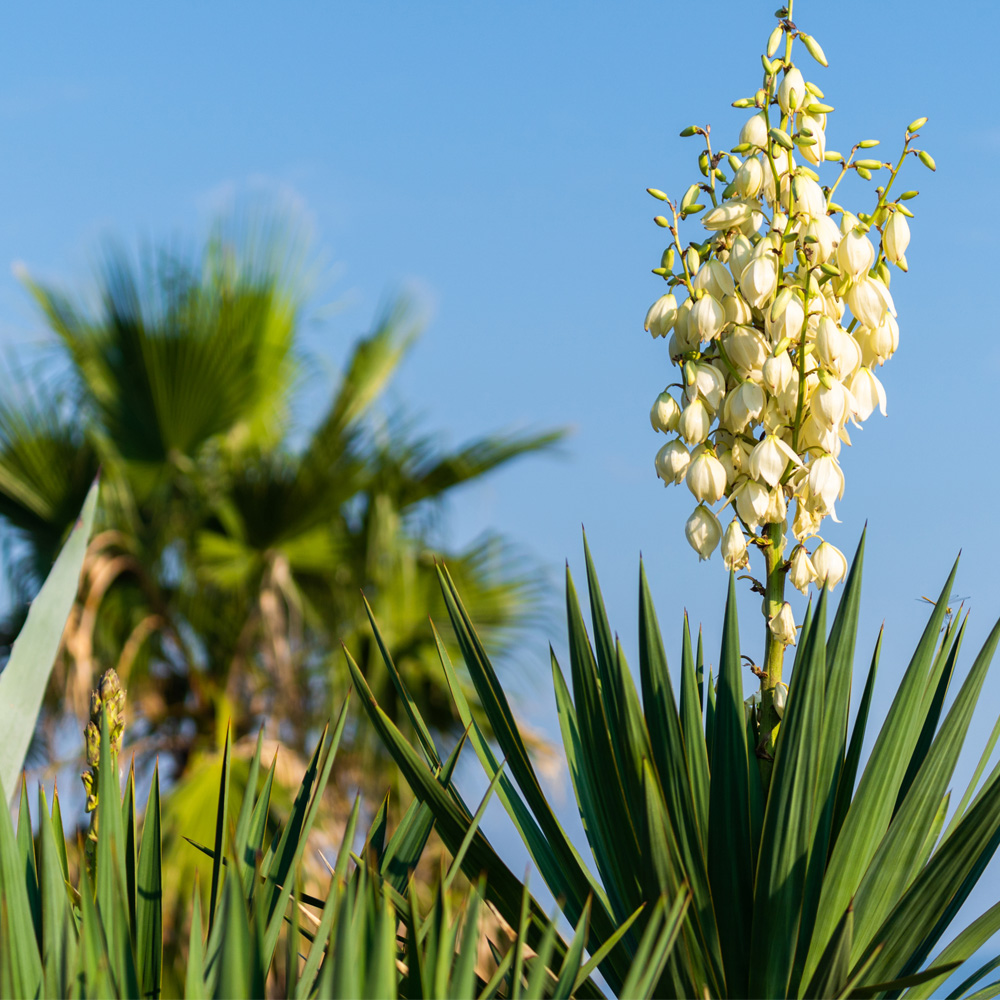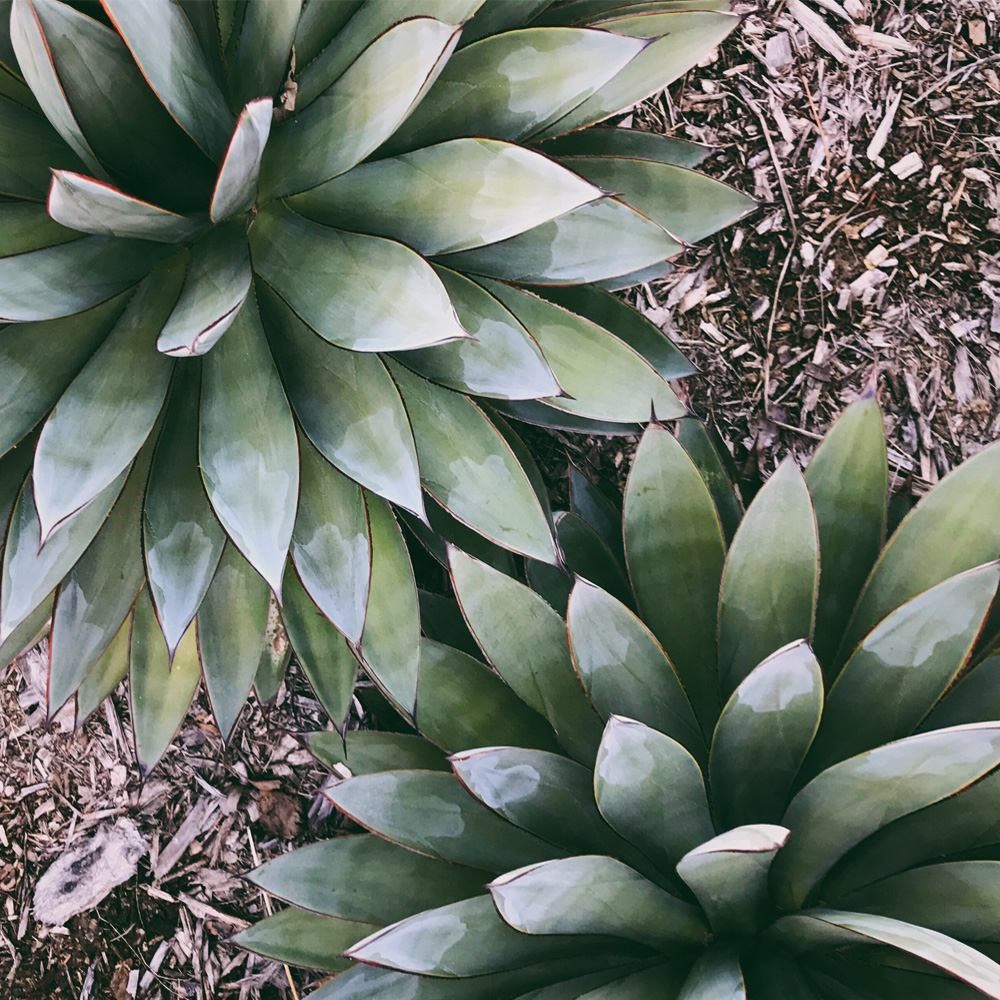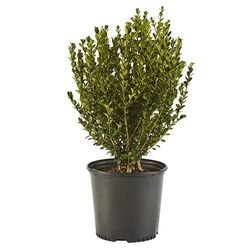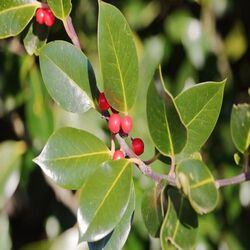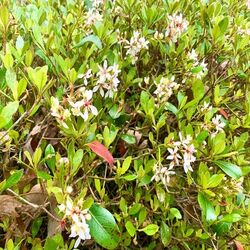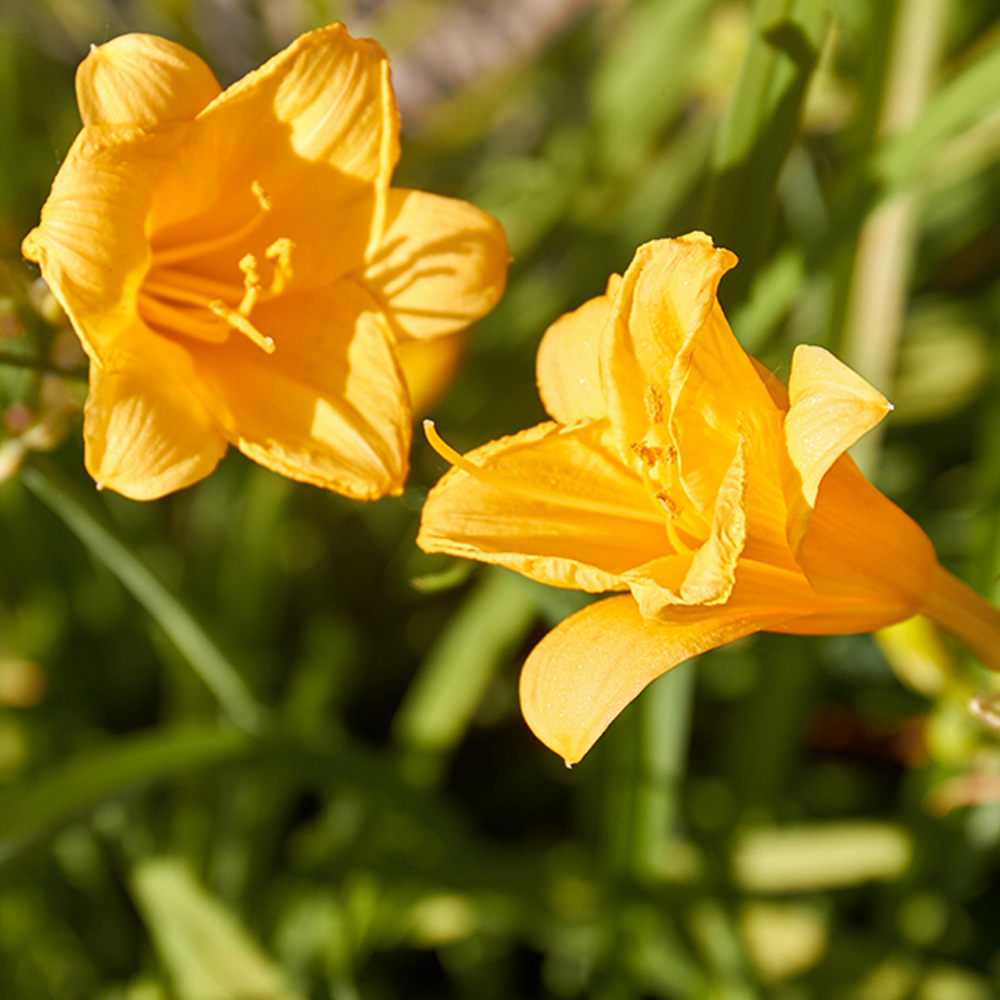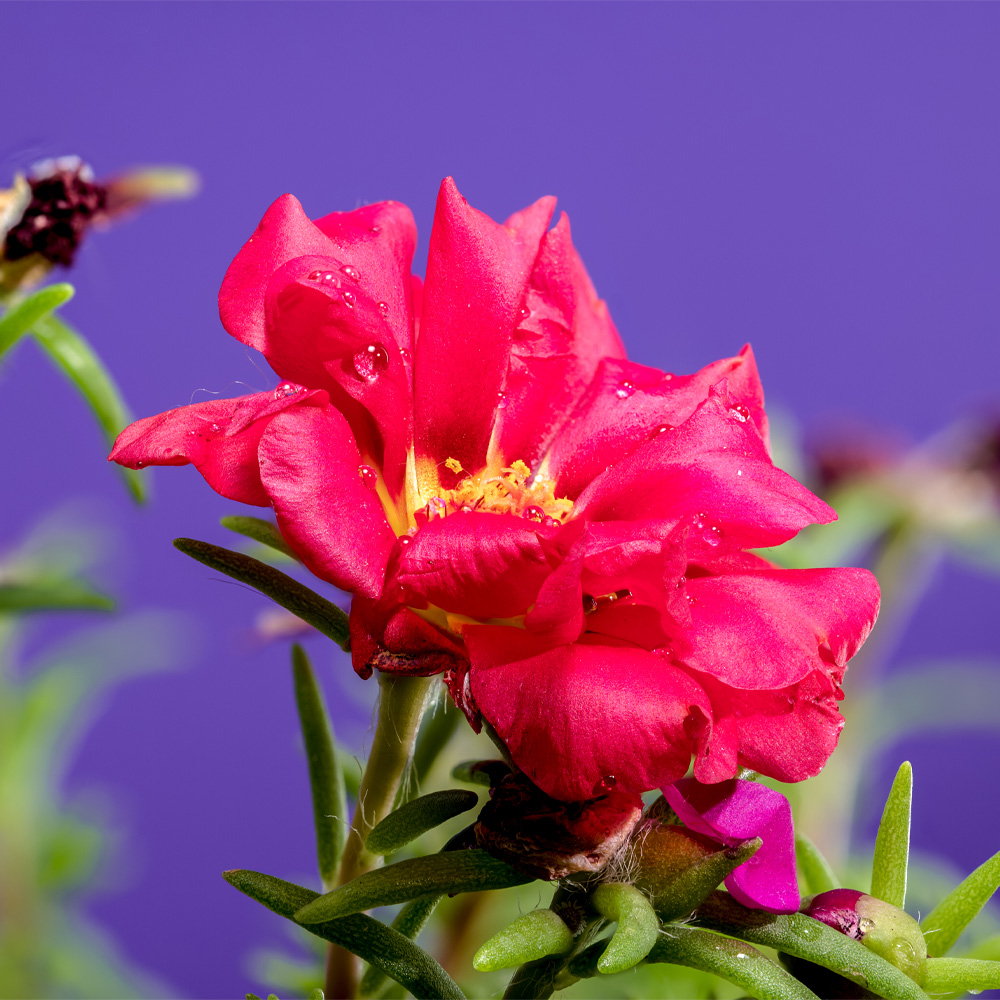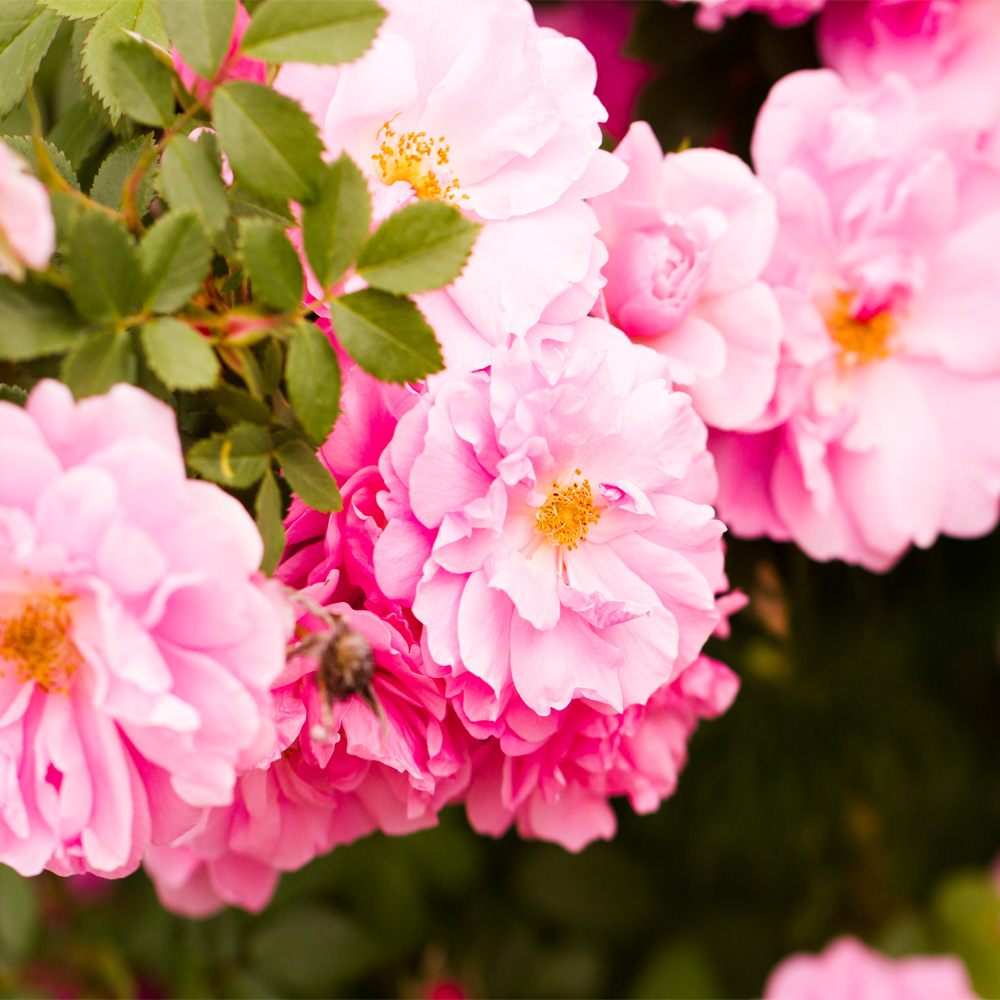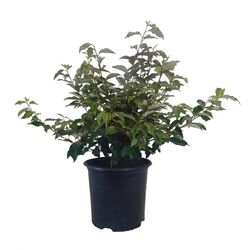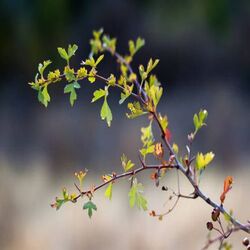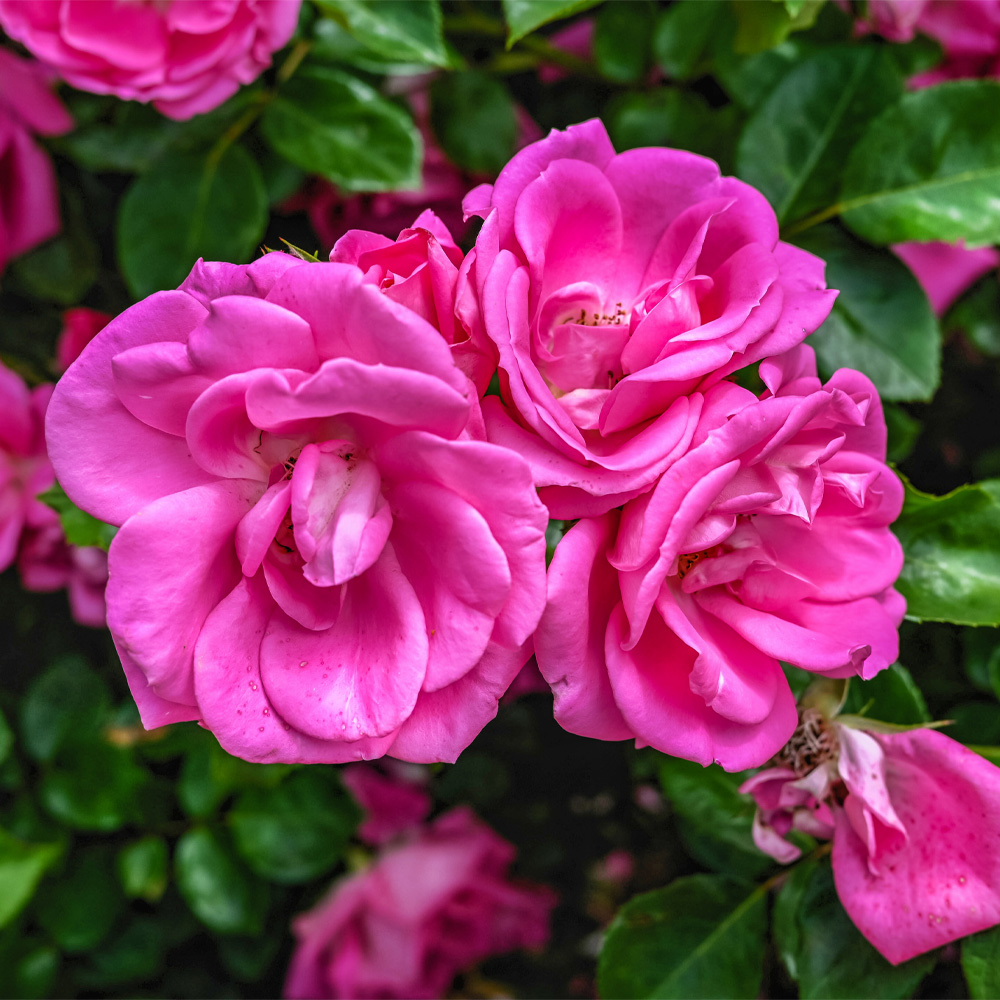Outdoor Plants
Adagio 3G
$23.25Sunlight: Full sun.
Soil: Adaptable to most soils, prefers well-draining.
Watering: Moderate; drought tolerant once established.
Fertilization: Light feeding in spring.
Pruning: Cut back to 6 inches in late winter.
Pests/Diseases: Generally pest and disease resistant.
USDA Zones: 5-9.
Temperature: -20°F to 100°F.
Humidity: Adaptable.
Growth Rate: Moderate.
Mature Size: 3-4 feet tall and wide.
Uses: Borders, mass plantings, containers, specimen plant.
Adam’s Needle (Yucca Filamentosa)
$35.00Agave Parryi
$35.00Agave Whale Tongue
$35.00Boxwood, Wintergreen 1G
$13.50Sunlight: Full sun to partial shade.
Soil: Well-draining, slightly acidic to alkaline.
Watering: Regular watering until established.
Fertilization: Spring fertilization with balanced fertilizer.
Pruning: Light pruning in late winter/early spring.
Pests/Diseases: Monitor for boxwood blight and leaf miners.
USDA Zones: 4-9.
Temperature: -20°F to 90°F.
Humidity: Adaptable.
Mature Size: 3-4 feet tall and wide.
Growth Rate: Slow.
Uses: Formal hedges, borders, topiary.
Boxwood, Wintergreen 3G
$23.25Sunlight: Full sun to partial shade.
Soil: Well-draining, slightly acidic to alkaline.
Watering: Regular watering until established.
Fertilization: Spring fertilization with balanced fertilizer.
Pruning: Light pruning in late winter/early spring.
Pests/Diseases: Monitor for boxwood blight and leaf miners.
USDA Zones: 4-9.
Temperature: -20°F to 90°F.
Humidity: Adaptable.
Mature Size: 3-4 feet tall and wide.
Growth Rate: Slow.
Uses: Formal hedges, borders, topiary.
Burford Dwarf Holly 3G
$23.25Sunlight: Full sun to partial shade.
Soil: Rich, well-draining, acidic soil.
Watering: Regular watering; moderate once established.
Fertilization: Spring fertilization with acid-loving plant food.
Pruning: Light pruning in late winter.
Pests/Diseases: Watch for scale insects and leaf spot.
USDA Zones: 7-9.
Temperature: Tolerates 10°F to 95°F.
Humidity: Moderate to high.
Mature Size: 4-6 feet tall and wide.
Growth Rate: Slow to moderate.
Uses: Foundation plantings, hedges, borders.
Clara Indiana Hawthorn 3G
$23.25Sunlight: Full sun to partial shade.
Soil: Well-draining, slightly acidic to alkaline.
Watering: Moderate; drought tolerant once established.
Fertilization: Light fertilization in spring.
Pruning: Prune after flowering to maintain shape.
Pests/Diseases: Resistant to most pests and diseases.
USDA Zones: 8-10.
Temperature: Prefers 20°F to 100°F.
Humidity: Adaptable.
Mature Size: 3-4 feet tall and wide.
Growth Rate: Slow to moderate.
Uses: Foundation plantings, low hedges, borders.
Day Lilly Stella 1G
$9.50Drift Rose Red
$9.50Drift Rose-Pink
$9.50Dwarf Yaupons 3G
$23.25Sunlight: Full sun to partial shade.
Soil: Adaptable, prefers well-draining.
Watering: Moderate; drought tolerant once established.
Fertilization: Light spring fertilization.
Pruning: Tolerates heavy pruning; shape as needed.
Pests/Diseases: Generally pest resistant.
USDA Zones: 7-10
Temperature: 10°F to 100°F
Humidity: High tolerance.
Mature Size: 3-5 feet tall and wide.
Growth Rate: Slow to moderate.
Uses: Low hedges, foundation plantings.
Eleagnus 3G
$23.25Sunlight: Full sun to partial shade.
Soil: Adaptable to most soils.
Watering: Low water needs once established.
Fertilization: Light spring fertilization.
Pruning: Prune to control size in late winter.
Pests/Diseases: Generally disease resistant.
USDA Zones: 7-11
Temperature: 5°F to 100°F
Humidity: Adaptable.
Mature Size: 8-15 feet tall and wide.
Growth Rate: Fast.
Uses: Screening, hedges, windbreaks.
Hawthorne 3G
$23.25Sunlight: Full sun.
Soil: Well-draining, adaptable.
Watering: Moderate; drought tolerant when established.
Fertilization: Spring fertilization if needed.
Pruning: Prune in winter to shape.
Pests/Diseases: Watch for fire blight and rust.
USDA Zones: 4-8
Temperature: -30°F to 90°F
Humidity: Adaptable.
Mature Size: 15-30 feet tall and wide.
Growth Rate: Moderate.
Uses: Small shade tree, wildlife garden.
Knockout Roses Pink
$9.50Bring Your Lubbock Landscape to Life
At Landscape Supply House, we offer a carefully curated selection of outdoor plants specifically chosen to thrive in Lubbock’s unique climate while bringing year-round beauty to your property. Our extensive inventory ensures you’ll find the perfect plants to enhance any landscape design.
Looking for vibrant color and texture? Our Nandina shrubs provide striking red foliage that stands up to West Texas conditions while adding visual interest throughout the seasons. For timeless elegance and structure, explore our evergreen collection featuring Hollies and Boxwoods – perfect for creating defined garden spaces and lasting privacy screens.
Create movement and year-round appeal with our ornamental grasses, including the graceful Maiden Hair Grass that delivers stunning visual impact with minimal water requirements. These architectural specimens add dimension to your landscape while withstanding our region’s notorious winds and temperature extremes.
Our handpicked perennials are specifically selected for West Texas conditions, delivering stunning seasonal blooms that flourish from spring through fall without constant maintenance. Native varieties like Black-eyed Susan and Four-Nerve Daisy provide reliable performance while supporting local pollinators.
Transform your outdoor spaces with our unique, high-quality plants that combine beauty with practicality. Whether you’re establishing new beds or refreshing existing landscapes, our knowledgeable staff can help match the perfect plants to your specific growing conditions and design preferences.
Visit our Lubbock garden center today to explore plants that’ll flourish in our challenging climate. We provide expert guidance on soil preparation, planting techniques, and ongoing care to ensure your landscape investment thrives for years to come.


